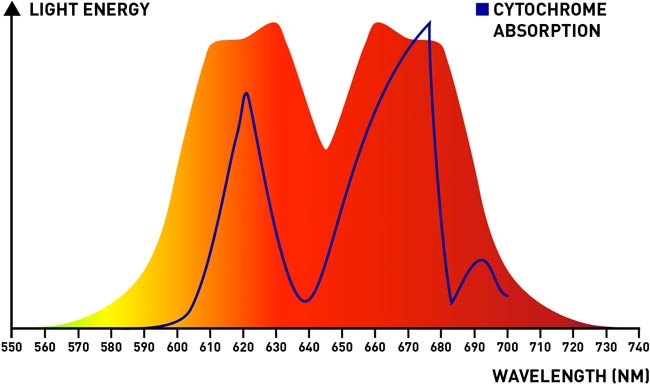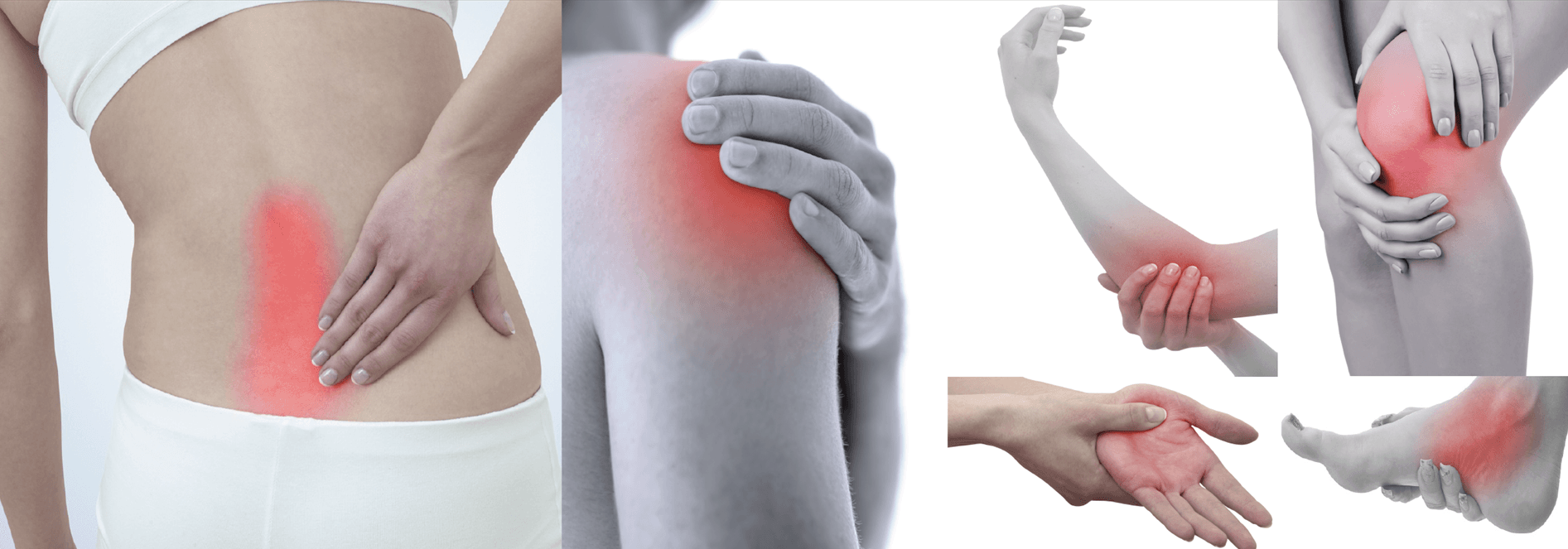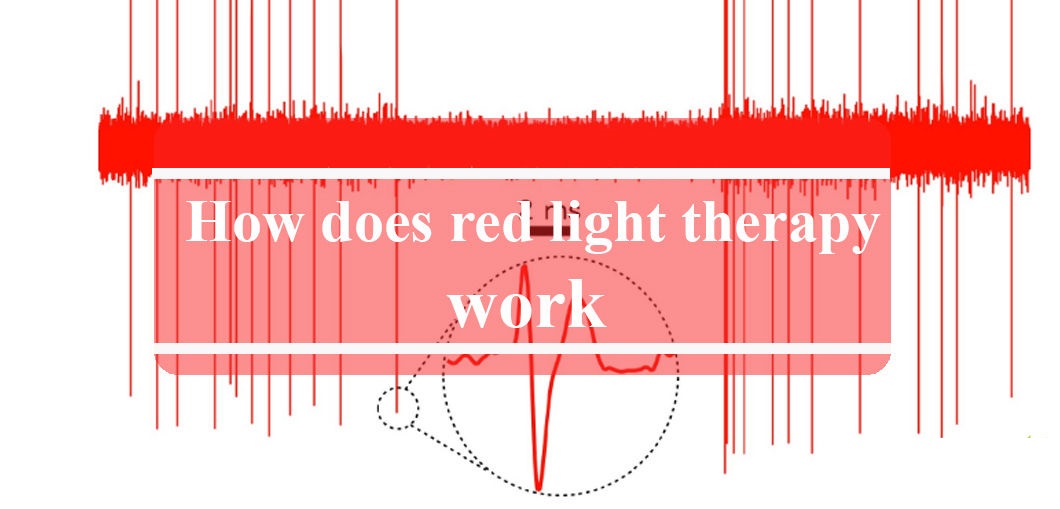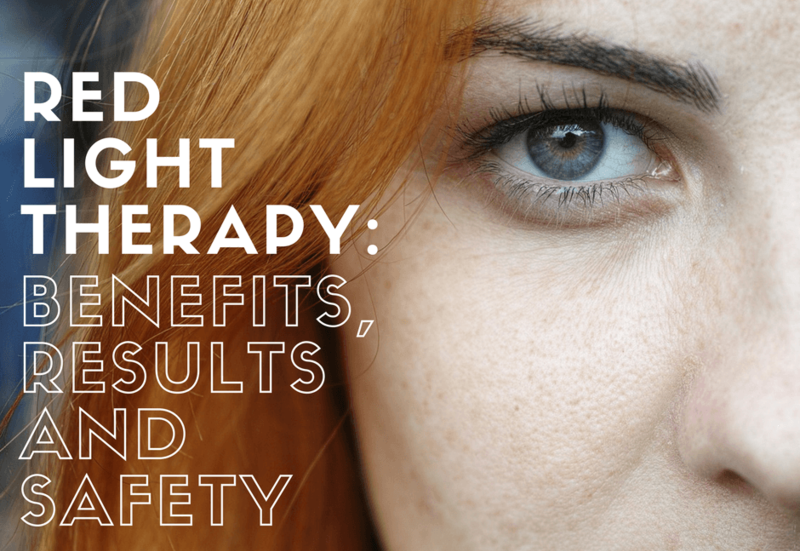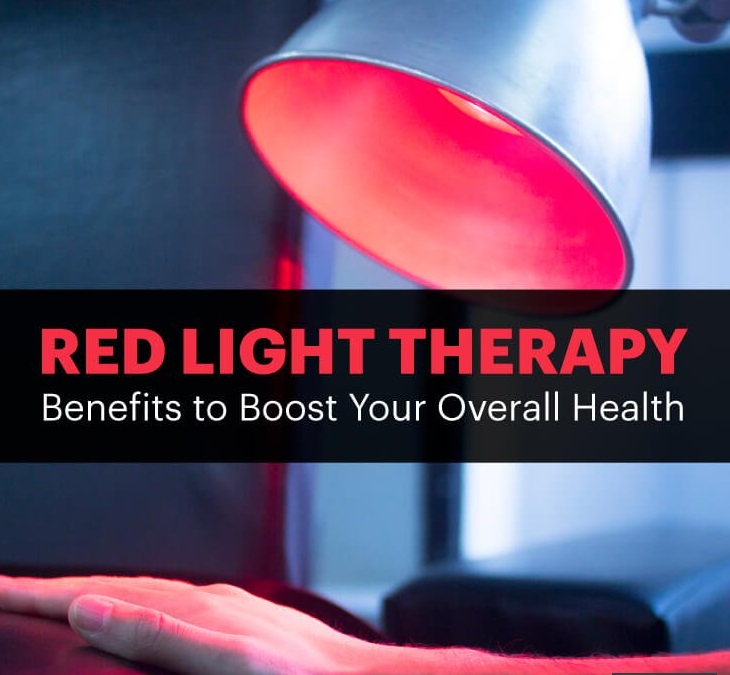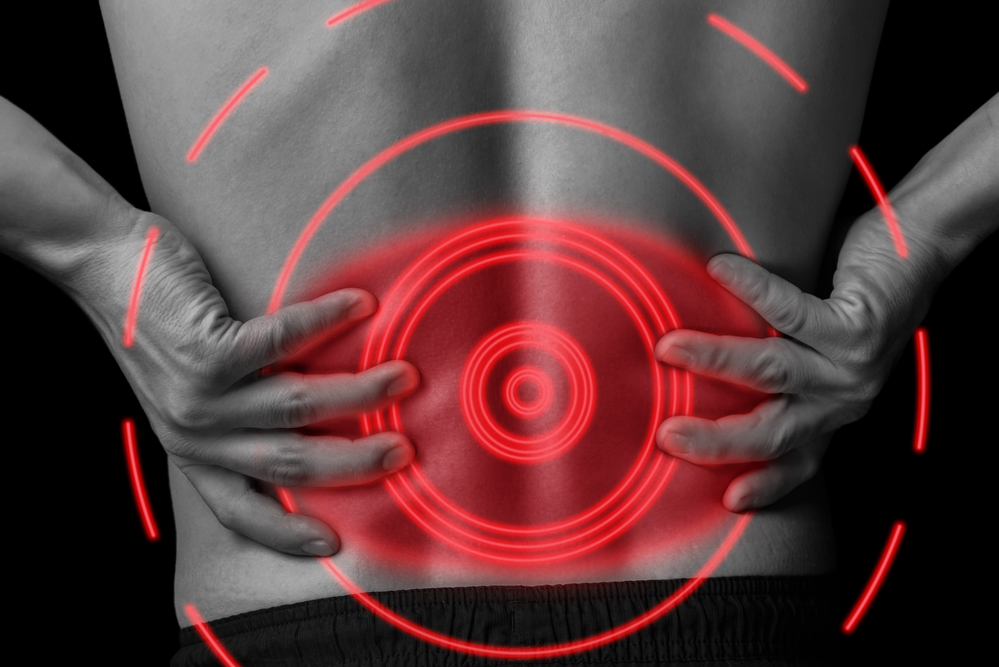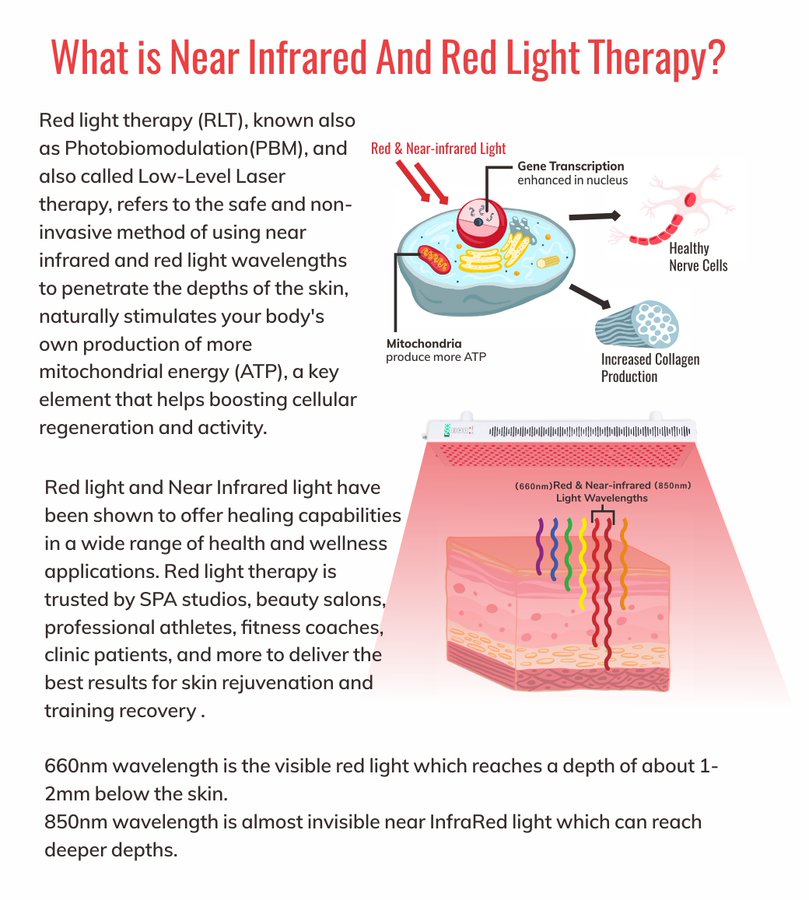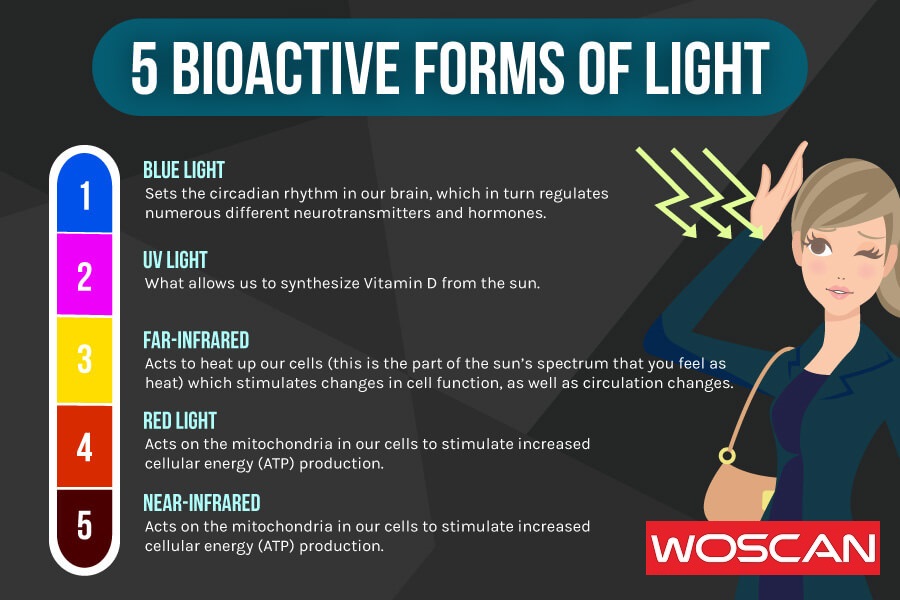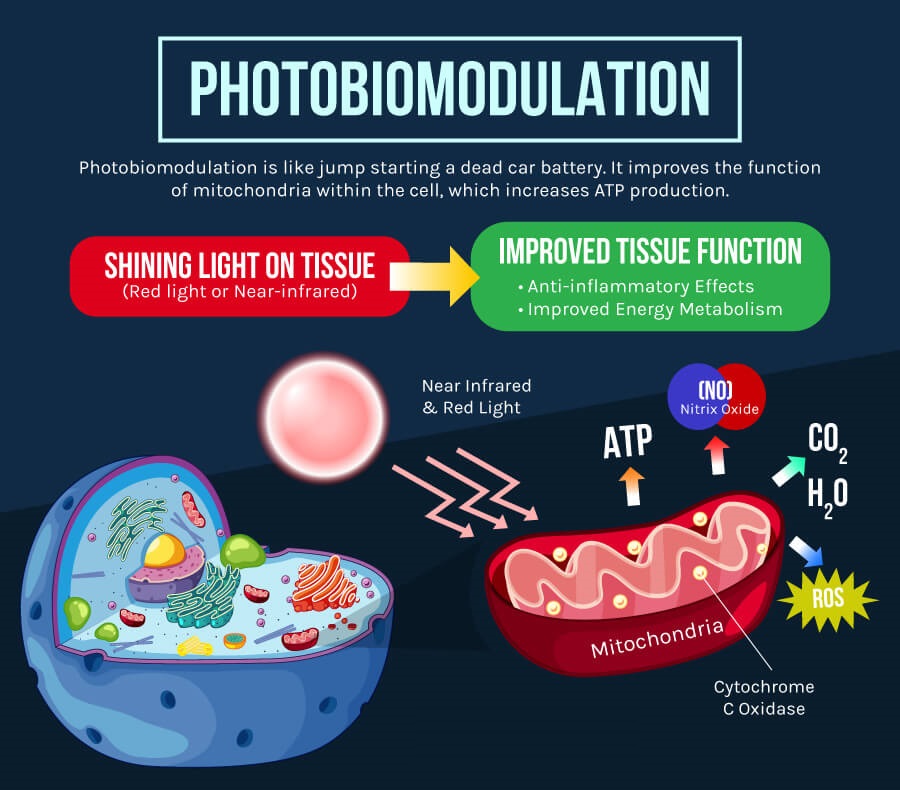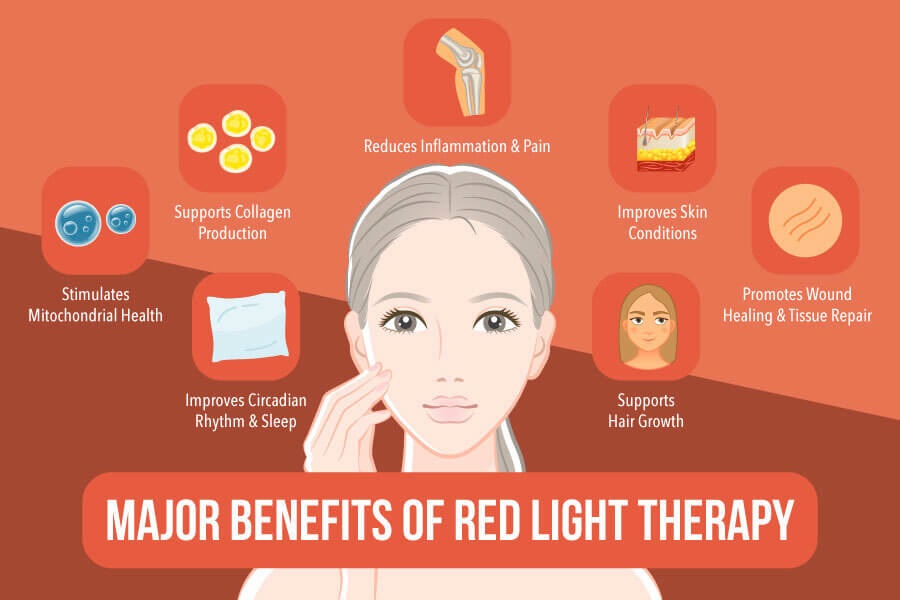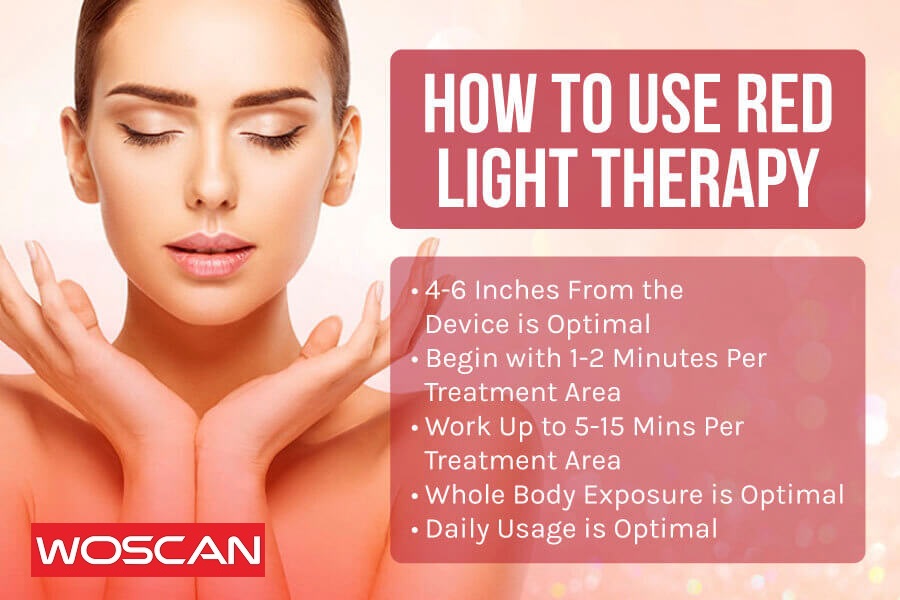
In today’s fast-paced digital age, neck pain has increasingly become an unwelcome companion for many. Whether it’s the result of prolonged computer use, poor posture, or other lifestyle factors, the discomfort can range from a mild annoyance to a debilitating condition. But what if there was a scientifically-backed, non-invasive therapy that could help alleviate this pain? Welcome to Red Light Therapy (RLT). Initially discovered for its wound-healing capabilities, RLT has evolved into a promising remedy for various ailments, including chronic neck pain.
This article delves into the transformative power of RLT for neck pain, providing insights into its workings, benefits, and how you might incorporate it into your pain management routine. Whether you’re a long-time sufferer or someone simply curious about alternative therapies, journey with us as we shine a light on this innovative therapy.
Understanding Red Light Therapy
Red Light Therapy, often abbreviated as RLT, might seem like a recent innovation, but its roots trace back several decades. Its therapeutic potential was first observed in the 1960s, during experiments using lasers for cancer therapy. Although not successful for that initial purpose, researchers noticed something intriguing: the lasers accelerated wound healing and stimulated hair growth in the treated areas.
THE CELLULAR MAGIC OF RED LIGHT THERAPY:
At the core of RLT’s effectiveness is its ability to stimulate cellular processes. Here’s how it works:
- Mitochondrial Boost: Mitochondria, often termed the “powerhouses” of our cells, play a vital role in energy production. RLT specifically targets a molecule in our cells called cytochrome c oxidase, enhancing the mitochondrial activity, and thereby increasing the production of adenosine triphosphate (ATP). With more ATP, cells can function more efficiently and repair damage at an accelerated rate.
- Enhanced Circulation and Tissue Repair: The red light wavelengths penetrate skin layers, reaching muscles, nerves, and even bones. This penetration boosts circulation, leading to an increased supply of oxygen and nutrients to the affected areas. As a result, cells regenerate faster, inflammation decreases, and healing processes are expedited.
While the idea of using light for therapy might initially sound unconventional, the biological mechanisms behind RLT are grounded in hard science. It’s this intricate interplay between light and cellular activity that makes RLT a practical and unique tool in the realm of therapeutic therapies.
The Science Behind Red Light Therapy for Neck Pain
Neck pain, often a result of myriad factors like muscle tension, cervical spine issues, or injuries, has seen a surge in therapy options over the years. However, not all therapies are rooted in evidence-based science. Red Light Therapy (RLT), specifically low-level laser therapy (LLLT), stands out as it is backed by a solid foundation of research and studies. Delving into the scientific literature can help shed light on its efficacy.
COMPREHENSIVE CLINICAL STUDIES SHOWCASING RLT’S EFFECTIVENESS:
One of the landmark studies that offer insights into LLLT’s potential is titled Efficacy of low-level laser therapy in the management of neck pain: a systematic review and meta-analysis of randomised placebo or active-treatment controlled trials. The findings from this study are noteworthy. To quote directly from the research: “We show that LLLT reduces pain immediately after treatment in acute neck pain and up to 22 weeks after completion of treatment in patients with chronic neck pain.”[1]
This quote underscores the dual benefits of LLLT – not only does it provide immediate relief for acute neck pain, but its effects can also be long-lasting, offering solace to those grappling with chronic pain.
INTEGRATION OF RLT WITH OTHER THERAPIES:
While RLT has proven to be effective on its own, the holistic therapy of neck pain often involves a multi-modal approach. Another significant piece of research titled Efficacy of low-level laser therapy on pain, disability, pressure pain threshold, and range of motion in patients with myofascial neck pain syndrome: a systematic review and meta-analysis of randomized controlled trials highlights this approach. The study suggests: “LLLT is suggested to be used by clinicians along with other therapies such as manual and exercise therapy.”[2]
This recommendation reiterates the versatility of RLT. Rather than viewing it as a standalone solution, it can seamlessly integrate into a broader treatment plan, working in tandem with manual therapies and exercises to maximize relief and recovery.
UNDERSTANDING THE DATA:
These studies, among others, consistently point to a few key themes:
- Immediate Relief: RLT, particularly LLLT, can offer immediate pain alleviation, making it an ideal choice for those seeking rapid relief from acute pain episodes.
- Long-term Benefits: Beyond the immediate effects, RLT can sustain its pain-reducing benefits for weeks, making it a viable option for those with persistent, chronic neck pain.
- Complementary Therapy: RLT’s flexibility means it doesn’t replace other therapies but complements them, creating a comprehensive and synergistic approach to managing neck pain.
The science is clear: RLT, and in particular LLLT, presents a promising, evidence-backed option for those seeking both immediate and sustained relief from neck pain. Whether used alone or in conjunction with other therapies, its potential is undeniable.
Benefits of Red Light Therapy for Neck Pain
The increasing popularity of Red Light Therapy (RLT) in addressing various health concerns isn’t coincidental. When it comes to neck pain, RLT has showcased a plethora of advantages, standing tall among its counterparts in terms of therapeutic efficacy. Here’s a closer look at its benefits:
IMMEDIATE RELIEF AND LONG-TERM HEALING:
The unique mechanism of RLT provides twofold advantages. Firstly, many users experience immediate relief, particularly beneficial for those grappling with sudden, acute neck pain episodes. Secondly, for individuals suffering from chronic discomfort, consistent RLT sessions have been found to facilitate long-term healing and reduction in pain intensity. This sustained effect can span up to several weeks post-therapy.
REDUCED NEED FOR PAIN MEDICATIONS:
With the growing concern over the long-term side effects and dependency issues associated with prescription pain medications, finding an alternative, effective, and non-addictive pain relief method is crucial. RLT offers a natural and non-pharmaceutical approach, potentially reducing or even eliminating the need for some to rely on pain medications.
IMPROVED MOBILITY AND FLEXIBILITY:
Beyond mere pain relief, RLT has demonstrated the potential to enhance the overall mobility and flexibility of the neck region. By promoting cellular healing, reducing inflammation, and improving blood circulation, the therapy can help restore a fuller range of motion, making daily activities and movements more comfortable and less restrictive.
NON-INVASIVE, DRUG-FREE, AND SAFE:
In the realm of pain management treatments, many methods come with potential side effects or require invasive procedures. RLT stands out as it’s entirely non-invasive. There’s no surgery, no injections, and no drugs. When administered correctly, it’s a safe method with minimal to no side effects. This makes it an appealing choice for those wary of more invasive treatments or those who prefer a holistic approach to health.
The benefits of RLT for neck pain extend beyond mere symptom relief. With its holistic approach, it addresses the root causes of discomfort while promoting overall neck health. Whether you’re navigating the challenges of acute pain or the persistent struggles of a chronic condition, RLT presents a promising, scientifically-backed avenue for alleviation and recovery.
How to Use Red Light Therapy for Neck Pain
Exploring Red Light Therapy (RLT) as a remedy for neck pain is a step in a promising direction. However, to ensure maximum effectiveness and safety, it’s vital to understand the nuances of its application. Here’s a detailed guide on how to use RLT for neck pain:
TYPES OF RLT DEVICES AVAILABLE:
- Home Devices: With the advancements in technology, there are now numerous at-home RLT devices available on the market. These range from handheld devices to larger panels. They are convenient and can be used in the comfort of one’s home. However, it’s crucial to choose devices that have been third party certified and come with clear usage instructions.
- Professional Equipment: Red Light Therapy Beds are often used in clinical settings, under the guidance of trained professionals. Opting for professional sessions can be beneficial for those unfamiliar with RLT or those looking for more potent therapies.
BEST PRACTICES FOR RLT SESSION DURATION AND FREQUENCY:
- Duration: Typically, an RLT session for neck pain lasts anywhere from 10 to 20 minutes. However, the exact duration can vary based on the device’s power and the severity of the pain.
- Frequency: For acute neck pain, daily sessions for the first few days can be beneficial. For chronic pain, 2-3 sessions per week over several weeks can yield positive results. It’s essential to follow the guidelines provided either by the device manufacturer or the therapy professional.
PRECAUTIONS TO TAKE:
- Avoid Overexposure: Just like any therapy, there’s a therapeutic window for RLT. Using it for extended periods can diminish its effectiveness and might even be counterproductive.
- Skin Sensitivity: While RLT is generally safe, some individuals might experience slight skin redness post-session. It’s temporary and usually subsides within a few hours.
- Device Quality: Ensure that your device is of high quality, FDA-cleared (or equivalent in your country), and low or free from EMFs. Low-quality devices might not provide the desired results and can sometimes be harmful or have early equipment failure.
- Positioning: When targeting the neck, ensure the device is positioned directly over the pain area, maintaining a distance as recommended by the device’s guidelines. (normally 6 to 12 inches) This ensures optimal light penetration and efficacy.
While Red Light Therapy is a promising solution for neck pain, its effectiveness is closely tied to its proper usage. Whether you’re opting for at-home sessions or seeking professional guidance, always prioritize safety and adhere to recommended best practices. With the right approach, RLT can pave the way for a pain-free and more mobile future.
Comparing RLT to Other Modalities
As the prevalence of neck pain continues to rise in today’s society, so does the search for effective therapy options. Red Light Therapy (RLT) is one such solution that has garnered attention due to its innovative approach and promising results. But how does it stack up against other therapy modalities? Let’s dive into a comprehensive comparison.
RLT VS. PHYSICAL THERAPY:
- RLT: Focuses on cellular-level healing using light waves to stimulate mitochondrial function and reduce inflammation. It’s non-invasive, offers both immediate relief and long-term healing, and typically doesn’t require a significant time commitment per session.
- Physical Therapy: A hands-on approach that emphasizes manual techniques, exercises, and postural corrections. While highly effective for many, it often demands a longer duration for results and requires consistent patient participation and effort.
RLT VS. MEDICATIONS (ANALGESICS & ANTI-INFLAMMATORIES):
- RLT: Offers a drug-free approach to pain relief, reducing the potential for side effects or dependency issues associated with long-term medication use.
- Medications: While they provide fast relief, over-reliance can lead to side effects such as gastrointestinal issues, potential addiction (especially with opioids), and other health concerns. They often address the symptom (pain) but not the underlying cause.
RLT VS. SURGERY:
- RLT: A non-invasive therapy option that poses minimal risk to the patient. Suitable for those who want to avoid surgery or use it as a complementary therapy before or after surgical procedures.
- Surgery: Invasive, often reserved for severe cases where structural issues in the neck need to be addressed. It comes with inherent risks and requires longer recovery times. Surgery often becomes a consideration when other options fail.
RLT VS. ACUPUNCTURE:
- RLT: Operates on the principle of cellular rejuvenation and increased blood circulation. Sessions are usually quick and don’t involve any physical penetration of the skin.
- Acupuncture: An ancient Chinese therapy using thin needles to stimulate specific points on the body, aiming to balance the body’s energy and alleviate pain. While many find relief with acupuncture, it’s not suited for everyone, especially those with needle phobias.
RLT VS. CHIROPRACTIC CARE:
- RLT: Focuses on deep cellular healing, addressing inflammation and promoting tissue regeneration. It’s broad in its application and can be used for various ailments.
- Chiropractic Care: Concentrates on manual spinal adjustments to alleviate pain, improve spinal alignment, and enhance overall function. While effective, some might find the adjustments intense or uncomfortable.
While each modality has its merits, RLT offers a unique combination of fast relief, cellular healing, and non-invasiveness. However, it’s crucial to note that the best option often depends on the individual’s specific condition, preferences, and needs. In many cases, a combination of therapies might provide the most holistic and comprehensive relief.
FAQs on Red Light Therapy for Neck Pain
Navigating the world of Red Light Therapy (RLT) can be filled with questions, especially for those new to the therapy. To help clarify some of the most common inquiries, here’s a comprehensive FAQ section dedicated to RLT for neck pain:
WHAT EXACTLY IS RED LIGHT THERAPY (RLT)?
RLT is a therapeutic technique that uses low-level red and near-infrared wavelengths of light to treat various conditions, including neck pain. It’s believed to enhance cellular function, promote healing, reduce inflammation, and provide pain relief.
HOW DOES RLT DIFFER FROM TRADITIONAL HEAT LAMPS OR SAUNAS?
While traditional heat lamps and saunas use heat to warm the body, RLT works differently. It delivers specific wavelengths of red and near-infrared light to the skin and cells without producing heat. The therapeutic effects are attributed to the light itself, not warmth.
IS RLT SAFE? ARE THERE ANY SIDE EFFECTS?
When used correctly, RLT is generally safe and has minimal side effects. Some individuals might experience temporary skin redness post-session. Always ensure you’re using quality devices and following the recommended guidelines for use.
HOW SOON CAN I EXPECT RESULTS WITH RLT FOR NECK PAIN?
Many users report immediate relief after their first session, especially for acute neck pain. For chronic conditions, consistent sessions over several weeks might be required before noticeable improvements are felt.
CAN I USE RLT IN CONJUNCTION WITH OTHER OPTIONS?
Absolutely. RLT can be used alongside other modalities like physical therapy, medications, and acupuncture. In fact, a multi-modal approach can often provide more comprehensive relief.
ARE AT-HOME RLT DEVICES AS EFFECTIVE AS PROFESSIONAL TREATMENTS?
High-quality at-home devices can be effective for many users. However, professional-grade machines in clinical settings are often more powerful and might offer quicker results. It’s essential to choose home devices that have been scientifically tested and come with clear usage instructions.
HOW LONG DO RLT SESSIONS TYPICALLY LAST?
Most RLT sessions for neck pain range from 10 to 20 minutes, depending on the device’s power and the severity of the pain. Always follow the guidelines provided by the device manufacturer or your therapy professional.
ARE THERE INDIVIDUALS WHO SHOULD AVOID RLT?
While RLT is safe for most individuals, those with specific conditions or eye sensitivities should consult with a red light healthcare professional before starting therapies. For example, individuals with photosensitivity disorders should exercise caution.
WILL RLT MAKE MY SKIN SENSITIVE TO SUNLIGHT?
No, RLT does not make your skin more sensitive to sunlight. However, it’s always a good practice to protect your skin from excessive sun exposure to prevent damage.
IS THERE ANY MAINTENANCE REQUIRED FOR RLT DEVICES?
Most at-home RLT devices are designed to be low-maintenance. It’s essential to keep the light surface dry, clean and free from obstructions. Always refer to the manufacturer’s guidelines for specific maintenance instructions.
RLT offers a cutting-edge solution to neck pain, but like all therapies, it’s essential to be informed and cautious. If you have further questions or concerns, it’s always best to consult with a trained RLT professional or healthcare provider.
Neck pain, whether stemming from an acute injury or chronic condition, can significantly impede one’s quality of life. As we continually seek innovative solutions to address this pervasive ailment, Red Light Therapy (RLT) emerges as a beacon of hope. With its foundation in science, it offers a unique blend of immediate relief and long-term healing without the drawbacks of invasiveness or pharmaceutical dependencies.
It’s noteworthy to recognize that while RLT boasts numerous advantages, the ideal therapy plan might vary from individual to individual. Sometimes, a combination of therapies is what delivers the most comprehensive relief. The beauty of RLT lies in its versatility; it can serve as a standalone therapy or in conjunction with other modalities, offering a holistic approach to healing.
In this ever-evolving world of health and wellness, RLT stands as a testament to the fusion of science and holistic practices. If neck pain has been your constant companion, perhaps it’s time to turn towards the promising light of RLT. As always, remember to consult with professionals, prioritize safety, and embark on your journey toward a pain-free existence.
[1] Chow RT, Johnson MI, Lopes-Martins RA, Bjordal JM. Efficacy of low-level laser therapy in the management of neck pain: a systematic review and meta-analysis of randomised placebo or active-treatment controlled trials. Lancet. 2009 Dec 5;374(9705):1897-908. doi: 10.1016/S0140-6736(09)61522-1. Epub 2009 Nov 13. Erratum in: Lancet. 2010 Mar 13;375(9718):894. PMID: 19913903.
[2] Tehrani MR, Nazary-Moghadam S, Zeinalzadeh A, Moradi A, Mehrad-Majd H, Sahebalam M. Efficacy of low-level laser therapy on pain, disability, pressure pain threshold, and range of motion in patients with myofascial neck pain syndrome: a systematic review and meta-analysis of randomized controlled trials. Lasers Med Sci. 2022 Dec;37(9):3333-3341. doi: 10.1007/s10103-022-03626-9. Epub 2022 Aug 13. PMID: 35962884.




